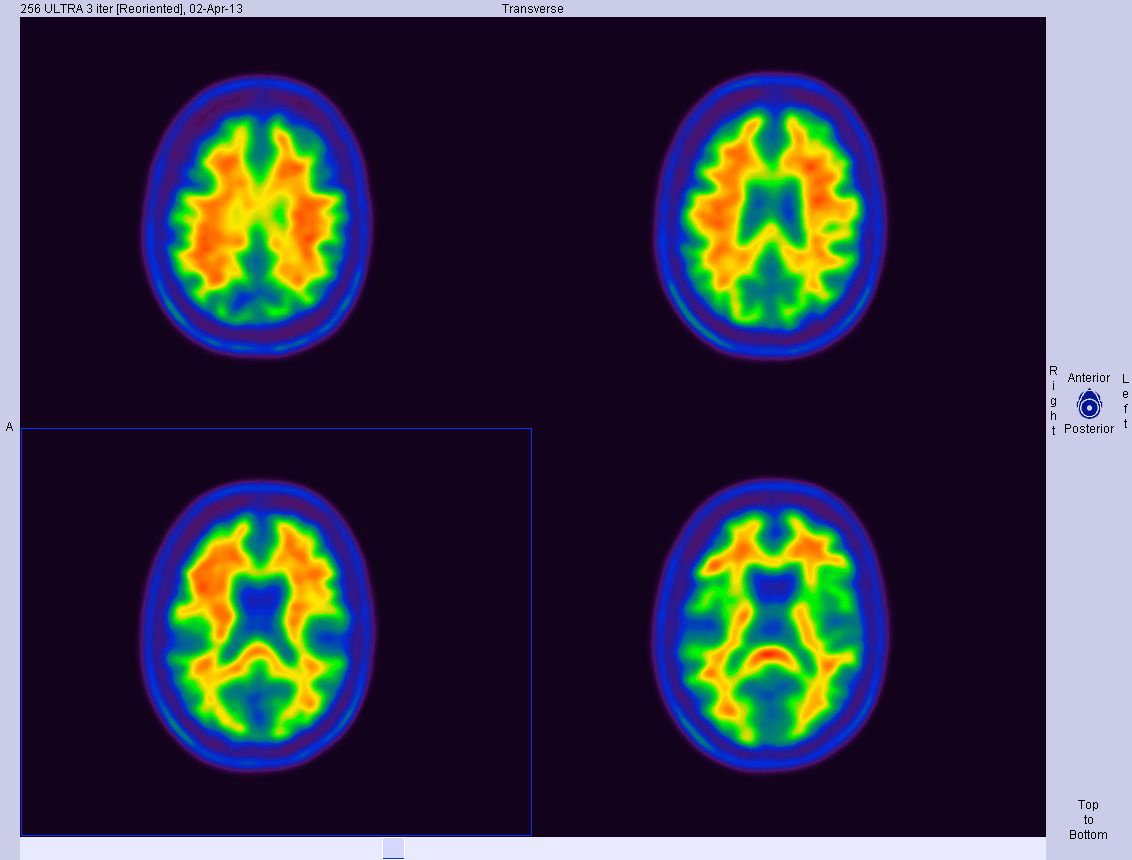D: Hey Yaël, why are you barefoot? Did you hurt your foot?
Y: No, I’m just doing some toe exercises, Don. I’m trying to teach myself to hold a fork with my feet.
D: What for?
Y: I’m trying to get my brain to make a map of my toes. In most people’s brains, each finger is represented by its own small section in the brain, but the same isn’t true for toes. Scientists did an experiment to see whether people who used their toes the way people usually use their hands had hand-like maps of their toes in their brains. They focused their study on two foot painters who don’t have hands and use their feet for everyday activities like eating and dressing themselves, as well as painting. The two foot painters and 21 other participants who had hands and didn’t use their feet for any dexterous tasks were put in an fMRI scanner while the researchers tapped each of their toes. The foot painters’ brains reacted in specific areas when their toes were tapped, but non-foot painters brains didn’t. The researchers also noted that in the foot painters, toes were represented in a part of the brain that usually serves to represent hands.
D: So what does this tell us about the human brain?
Y: That the maps of our bodies our brains make aren’t fixed—they’re just the same for most people because we have similar behaviors. When those behaviors change and we have different experiences, the brain can organize itself in different ways.
D: Maybe I’ll try taking up foot painting myself and see what happens.










